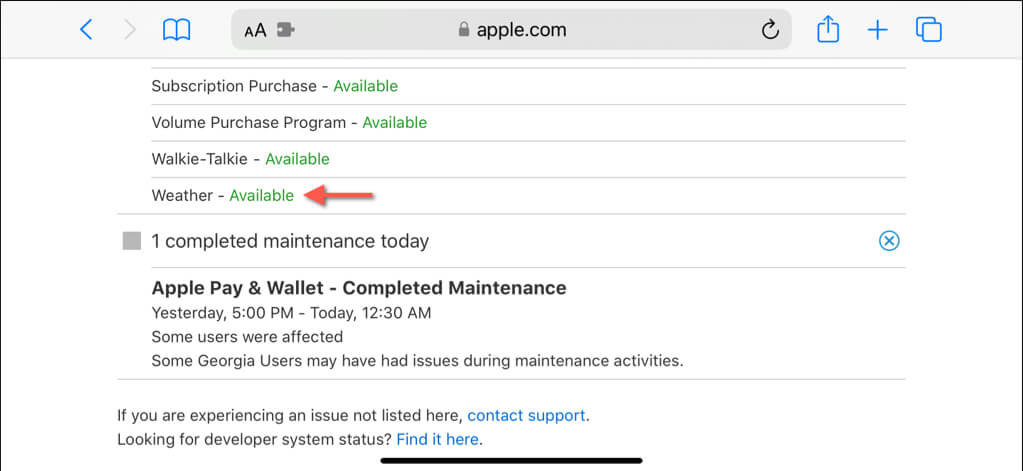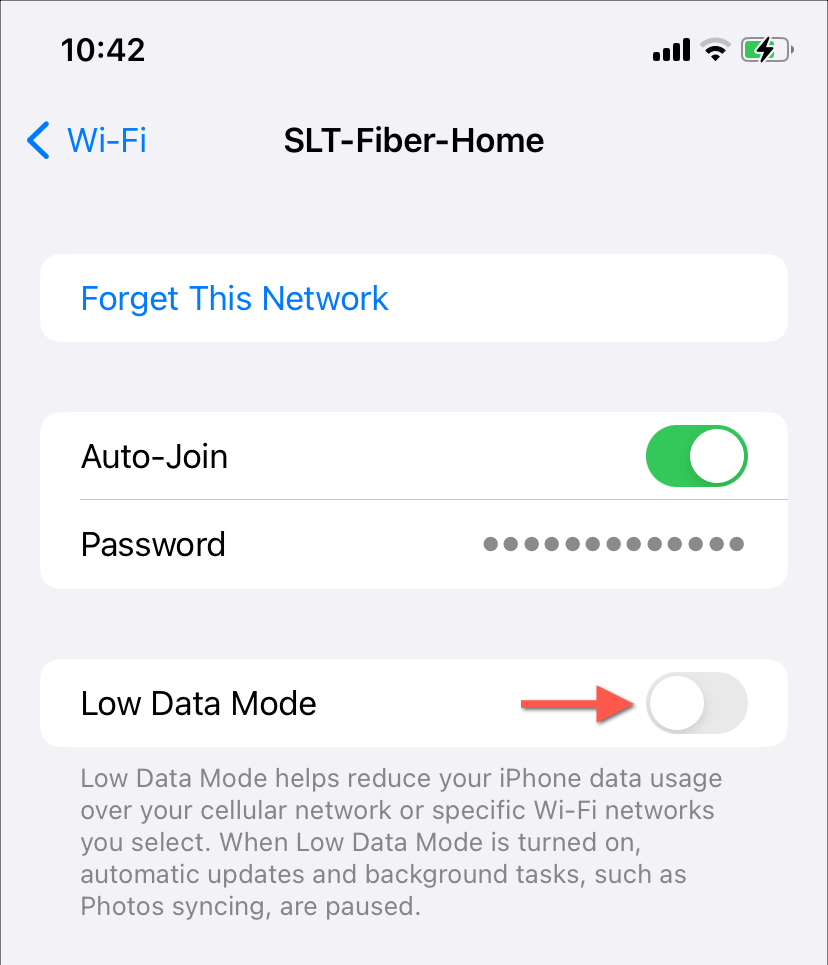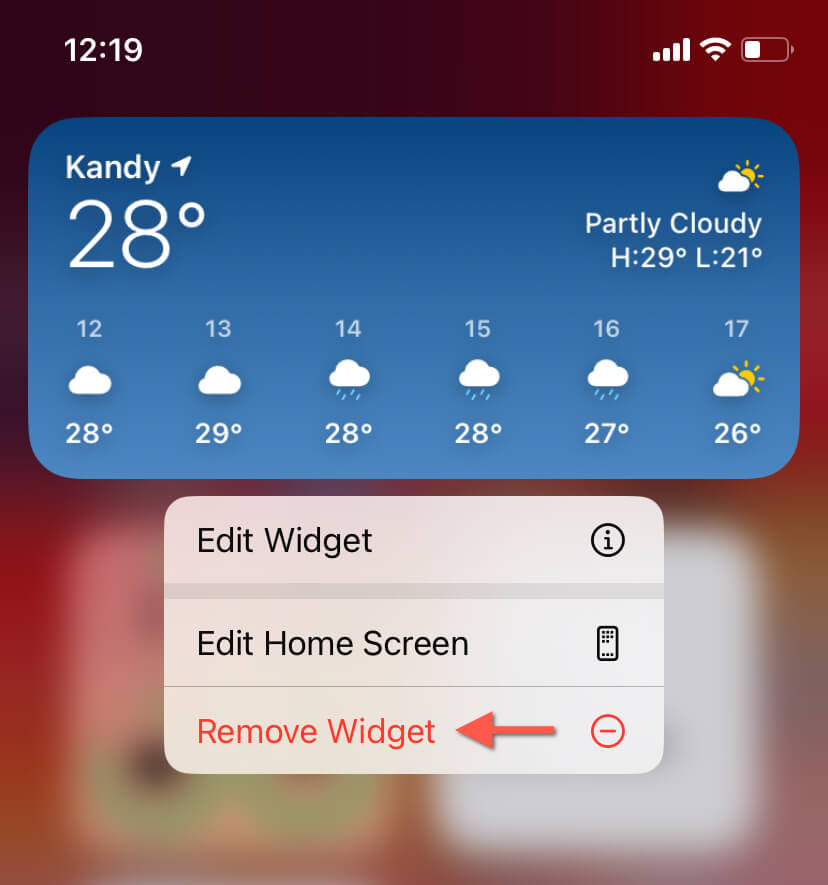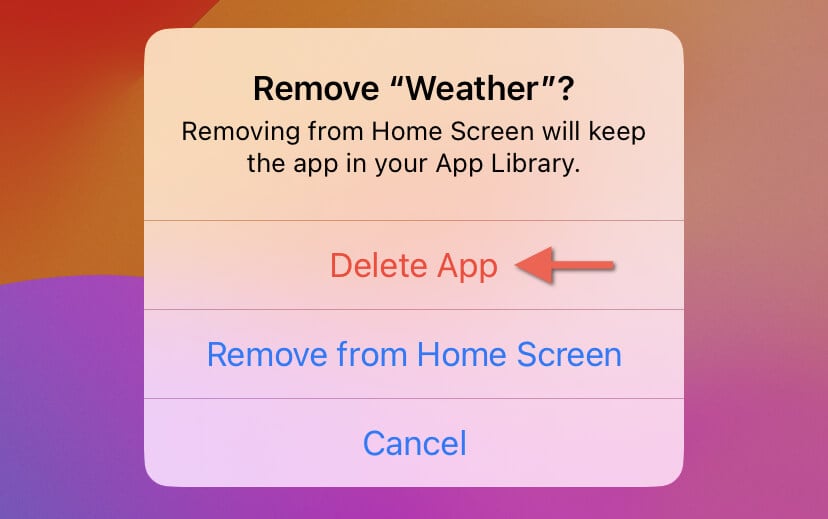One of these is sure to do the trick
Apple Weather and its accompanying widgets for the iPhone provide all the information you need to keep tabs on weather conditions throughout the day. But like any other application, the Weather app can also encounter technical glitches, connectivity errors, and conflicting settings preventing it from working. This troubleshooting guide shows you how to fix Apple Weather when it malfunctions on your iPhone.
1. Force-Quit and Relaunch Weather
A quick way to fix unexpected crashes, freezes, and data loading issues with Apple Weather on your iPhone is to force-quit and relaunch the app. Here’s how:
- Swipe up from the bottom of the screen and pause in the middle (on an iPhone with Face ID) or double-click the Home button (on iPhones with Touch ID).
- Locate the Weather card and swipe it up to close it.
- Relaunch the Weather app via the Home Screen or App Library.
2. Check the Apple System Status
If the Weather app struggles to update information, the problem could be with Apple’s servers. Visit the Apple System Status page to see if ongoing issues affect the Weather app. If the Weather system is experiencing an outage or undergoing maintenance, wait until Apple resolves the problem.
3. Toggle Airplane Mode On and Off
Apple Weather and its widgets on your iPhone require a stable internet connection to update themselves with the latest data. The most convenient method to patch potential connectivity issues is to toggle Airplane Mode on and off.
To do that, open the Control Center (swipe in from the top right of the screen or the bottom edge on Touch ID devices), tap the Airplane Mode icon, and tap again after 10 seconds.
4. Permit Weather to Use Cellular Data
If Apple Weather fails to update over cellular data, it’s likely because the app only has permission to fetch information via Wi-Fi. To fix that:
- Open the Settings app.
- Tap Cellular.
- Scroll down to Weather and enable the switch next to it.
5. Disable Low Data Mode
Low Data Mode is a feature in iOS that conserves bandwidth on Wi-Fi and cellular networks. However, it can adversely impact apps—like Weather—that rely on internet connectivity to function. Try disabling Low Data Mode and see if that helps.
Disable Low Data Mode for Wi-Fi
- Open the Settings app and tap Wi-Fi.
- Tap Info next to the active Wi-Fi network.
- Disable the switch next to Low Data Mode.
Disable Low Data Mode for Cellular
- Open the Settings app and tap Cellular.
- Tap Cellular Data Options.
- Disable the Low Data Mode switch.
6. Enable Background App Refresh
If Apple Weather only refreshes and updates information several seconds after you open it, the Background App Refresh functionality on iOS may be inactive. To fix that:
- Open the Settings app.
- Go to General > Background App Refresh.
- Tap Background App Refresh and enable Wi-Fi & Cellular Data.
7. Restart Your iPhone
If problems with the Weather app persist, you might be dealing with a persistent glitch that warrants restarting your iPhone. Just:
- Hold the Side and Volume Up or Down buttons for 3-5 seconds.
- Drag the Power icon within the Slide to Power Off slider to the right.
- Wait 30 seconds and hold the Side button again until you see the Apple logo.
8. Disable Low Power Mode
If you habitually use Low Power Mode on your iPhone to conserve battery life, be aware that it restricts the background activities of many apps. Disable the feature and check if that makes a difference:
- Open the Settings app.
- Tap Battery.
- Disable the switch next to Low Data Mode.
9. Give Location Permissions
The Weather app needs unrestricted access to your iPhone’s location services to provide accurate information. It shouldn’t be a problem so long as the relevant settings match the following:
- Open the Settings app and go to Privacy and Security > Location Services.
- Ensure the switch next to Location Services at the top of the screen is active.
- Scroll down and tap on Weather.
- Set Allow Location Access to Always.
- Enable the switch next to Precise Location.
10. Reset Location & Privacy Settings
If the Weather app has access to location services but still faces issues fetching accurate data, a corrupt location and privacy configuration might be the issue. You must reset your iPhone’s location and privacy settings to fix that. Here’s how:
- Open the Settings app.
- Go to General > Transfer or Reset iPhone > Reset.
- Tap on Reset Location & Privacy.
- Enter your device passcode and Screen Time passcode. Learn how to reset a forgotten Screen Time passcode.
- Tap Reset Settings to confirm.
11. Enable iCloud Sync for Weather
By default, the Weather app keeps your weather preferences and locations up-to-date across all your Apple devices via iCloud. If that fails to happen:
- Go to Settings and tap Apple ID.
- Tap iCloud.
- Under Apps using iCloud, tap Show All Apps and enable the switch next to Weather.
12. Remove and Re-add the Weather Widget
If the Weather widget on your iPhone doesn’t update or load data, removing and re-adding it should help fix the problem. To do that:
- Tap and hold the Weather widget.
- Tap Remove Widget.
- Visit the widgets gallery (long-press a vacant area on the Home Screen or Today View and tap the Plus icon) and re-add the Weather widget.
13. Update Your iPhone
Running the latest version of iOS can often resolve many app-related issues since most updates include bug fixes for known problems with native apps. To check for and install the latest iOS updates:
- Open the Settings app.
- Go to General > Software Update.
- If an update is available, tap Download and Install.
14. Remove and Reinstall Weather
If none of the above solutions are effective, you’re likely dealing with a corrupt instance of the Weather app on your iPhone that only a complete reinstallation can fix. To do that:
- Touch and hold the Weather app on the Home Screen or App Library.
- Tap Delete App > Remove App.
- Visit the App Store and redownload the Weather app.
You’ve Fixed the Weather App on Your iPhone
Most issues with the iPhone’s Weather app are straightforward to troubleshoot. Simple solutions, such as force-restarting the app or toggling Airplane Mode, can be incredibly effective. If not, try advanced fixes like verifying location permissions, resetting location and privacy settings, or reinstalling the app. Eventually, you should be able to get Apple Weather working normally on your iPhone.



















